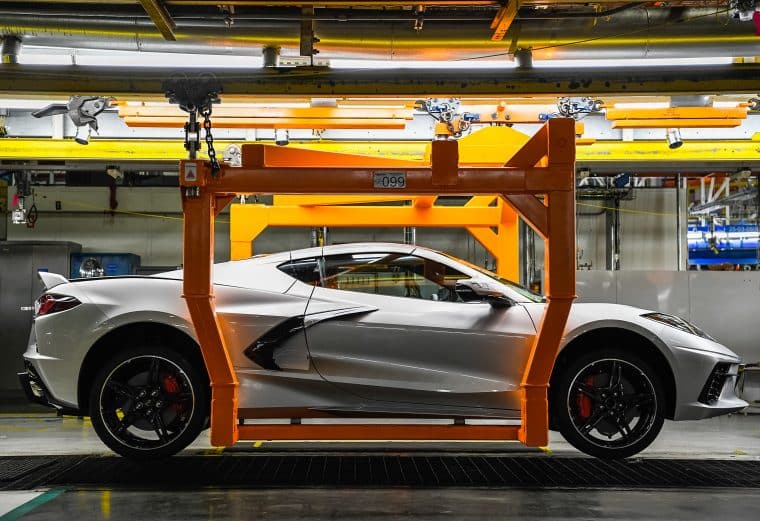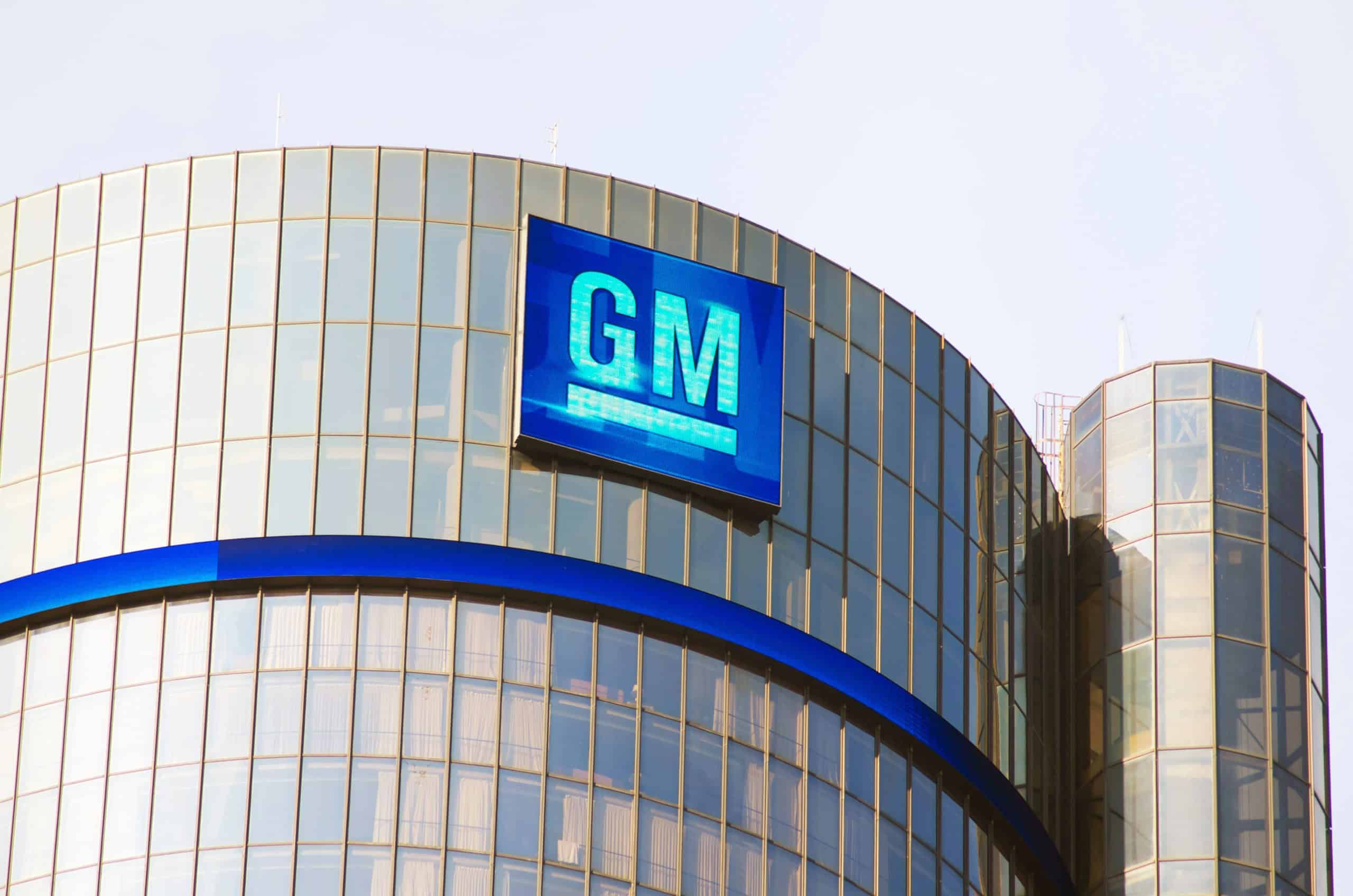General Motors announced major job cuts across two Michigan factories this week, totaling 1,300 impacted workers beginning in early 2023.
The layoffs come as GM ends production of the electric Chevrolet Bolt along with the Chevrolet Camaro muscle car over the next several months. Both vehicles are manufactured at the Orion Assembly and Lansing Grand River plants respectively. In the US, GM has nearly 91,000 employees according to data provided by the company on its official website.
With no replacement production planned anytime soon, the shutdowns will result in these facilities being idle for an undefined period. This results in multiple job positions that are no longer required including dormant production lines.
945 Roles Cut at Orion for Bolt Wind Down
The most significant job losses stem from GM’s Orion Assembly, home of the Chevrolet Bolt EV and Bolt EUV.
Also read: GM Announces $10 Billion Buyback After Complaining About Union Raises
GM is discontinuing the Bolt product line entirely with the last vehicles slated to roll off assembly lines the week of December 18. As a result, 945 direct manufacturing jobs will be eliminated starting January 1st,2024. Salaried employees are also expected to be impacted by the decision.
The shutdown reflects GM’s strategic shift towards new electric vehicles rather than keep pouring resources into the Bolt model. Orion will be retooled to begin building the Silverado EV and Sierra EV electric trucks by late 2025 after sitting inactive for years.
GM Orion Plant to Reopen in 2025 With Electric Trucks
While the short-term job losses are unfortunate, GM emphasized Orion’s importance in its electric future:
“GM will retool Orion to build electric trucks. The plant is expected to come back online in late 2025”, the company commented in the state documents that informed about the layoffs.
The Chevrolet Silverado EV and GMC Sierra EV represent GM’s challengers to the hot-selling (but still unprofitable) Ford F-150 Lightning and even the fresh-out-of-the-oven Tesla Cybertruck. Capturing market share in the electric truck segment is crucial to compete in the evolving auto landscape in the long run.
The company’s ability to ramp up production volumes and rehire laid-off Bolt workers will depend on the success of the new electric truck models once they launch.
369 Jobs Cut in Lansing from Camaro Cancellation
Separately, GM’s Lansing Grand River plant will shed 369 roles connected to the discontinuation of the Camaro production line. Layoffs at Lansing tied to the move will start on January 2nd and continue in phases until March.
While impacting over 350 direct employees, GM was quick to note that opportunities should exist for all laid-off staff:
“GM anticipates having job opportunities for all impacted team members per the provisions of the UAW-GM National Agreement”, the company emphasized. Lansing Grand River will keep building Cadillac sedans like the CT4 even after cutting Camaro jobs. Thus, some employees may be shifted to support the assembly lines of other products.
Why GM Is Ending Bolt and Camaro Models?

General Motors’ difficult decision to cut jobs and end both the Bolt EV and Camaro stems from changes in consumer preferences and its business strategy. Regarding the Chevy Bolt, GM cited its desire to move towards newer electric vehicles like the Silverado and Sierra trucks which will drive growth in the coming decade.
Also read: Nissan Set to Dominate EV Market With $1.4 Billion Investment in Two New EVs
While the Bolt blazed a trail as GM’s first mainstream EV, its popularity has waned as rival offerings have flooded the market with fresh designs and technology. Rather than invest in the next-generation Bolt, resources are being channeled toward models that GM sees capturing greater sales as EVs gain broader adoption.
The iconic Camaro, on the other hand, has likely fallen prey to SUVs and trucks dominating demand in the US. As consumer appetite for coupes keeps shrinking, GM is cutting its losses on the sports car which caters to a niche rather than mass-market audience nowadays.
Workers to Be Supported Through Layoffs
GM says its workforce transition provisions will provide opportunities for impacted employees from both Orion and Lansing. However, manufacturing job losses still hit hard for families and local communities in the short term.
The United Auto Workers union which represents the plants will likely have a role in easing the transition process. Further details on severance terms or transfer options were not immediately released.
These factory shutdowns reflect the challenging decisions that automakers face as technological disruption and shifts in buyer behavior are rapidly reshaping the auto industry.
Even innovative manufacturers like GM with major EV investments on the horizon are not immune to having to terminate models and jobs when consumer appetites suddenly take a turn.
GM’s EV Unit Cruise Lays Off 24% of its Workforce
On the same day that GM is announcing these cuts in Michigan, Cruise, the firm’s external EV unit, revealed a 24% reduction of its personnel impacting around 900 employees.
While affecting separate operations, the simultaneous downsizing underscores the challenges that GM is facing as consumer preferences and technological disruption reshape the transportation landscape.
In an internal memo, Cruise’s President and CTO, Mo ElShenawy, framed the cuts as a necessary step to sharpen the company’s focus on core priorities rather than overextension. He indicated that a previous plan to expand robotaxi availability into over one dozen cities by 2024 was no longer feasible.
Also read: Global EV Sales Hit a New Milestone in 2023 amid Strong Sales in China
With more conservative commercialization plans now guiding strategy, Cruise no longer requires prior staffing levels concentrated in selected metro areas and facilities.
However, ElShenawy still aims to perfect autonomous technology and restart scaled ride-hailing offerings in at least one city after enhancing the system’s safety.
Strong Severance Offered to Departing Staff
Cruise said that terminated employees will remain on payroll into mid-February 2024 along with other supporting measures for those impacted like continued health benefits.
Additional benefits include advice to ease career transitions such as LinkedIn Premium access and alumni networking assistance. Cruise noted that it made significant efforts in structuring what it deemed a “strong severance package” for affected team members.
However, the unexpected job elimination still proved emotionally difficult, according to ElShenawy:
“I am so sorry we have to do this by email, as I would prefer that we have a conversation with each of you. Unfortunately, given the scale of this change, this approach allows us to communicate to those who are impacted at the same time”.
Cruise Leadership Overhauled Right Before Job Cuts
Notably, the layoffs come only one day after Cruise undertook a leadership shakeup dismissing nine executives including its Chief Operating Officer Gil West. The quick leadership change and workforce reduction signal how concerns over Cruise’s autonomous program pace and safety record are compelling bold corrective actions.
A tragic accident in October where a self-driving Cruise vehicle hit and dragged a pedestrian led authorities to suspend the company’s robotaxi testing permits. It also triggered internal reviews and led to the resignation of the firm’s former CEO, Kyle Vogt.
As Cruise and regulators investigate what went wrong, by scaling back commercialization plans, the leadership team seems to be trying to reassure stakeholders while addressing apparent technology shortcomings.
Turbulence Continues for GM’s Self-Driving Efforts
The latest Cruise turmoil caps months of upheaval for GM’s self-driving aspirations. Safety incidents led operations to be paused indefinitely until trust can be restored. Vehicle manufacturing was halted as well.
In addition, Cruise has registered major financial losses exceeding $5 billion since GM acquired the business in 2016. It relies heavily on shareholders like General Motors to sustain its capital burn amid setbacks.
While hopes remain high for autonomous vehicles to someday unlock safer and more efficient transportation, recent hurdles have made it clear that the technology is still at a very early stage.
